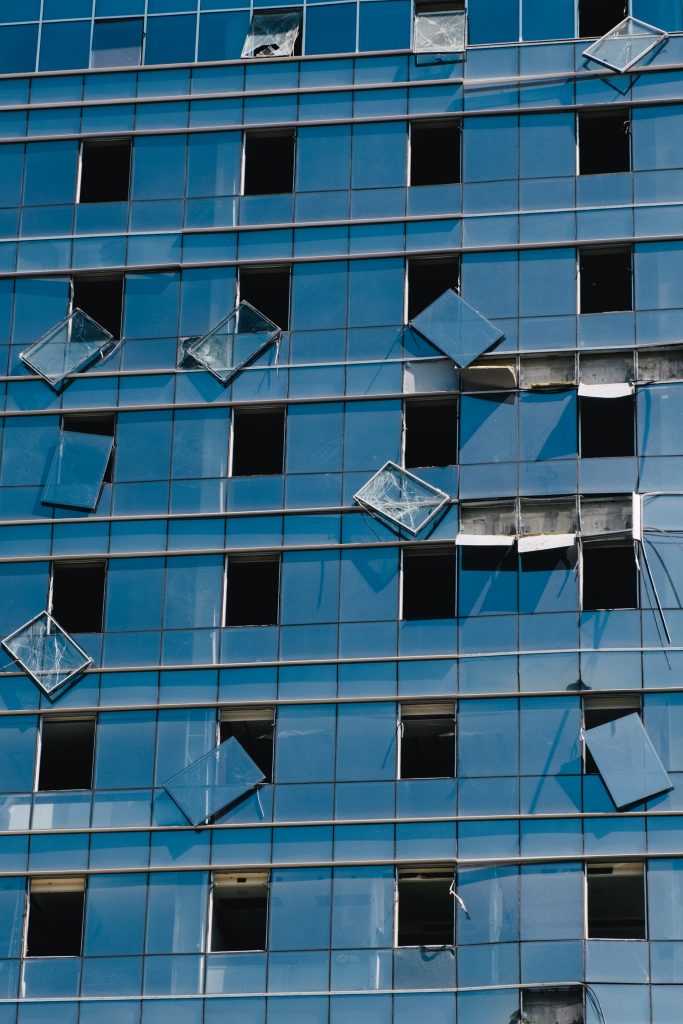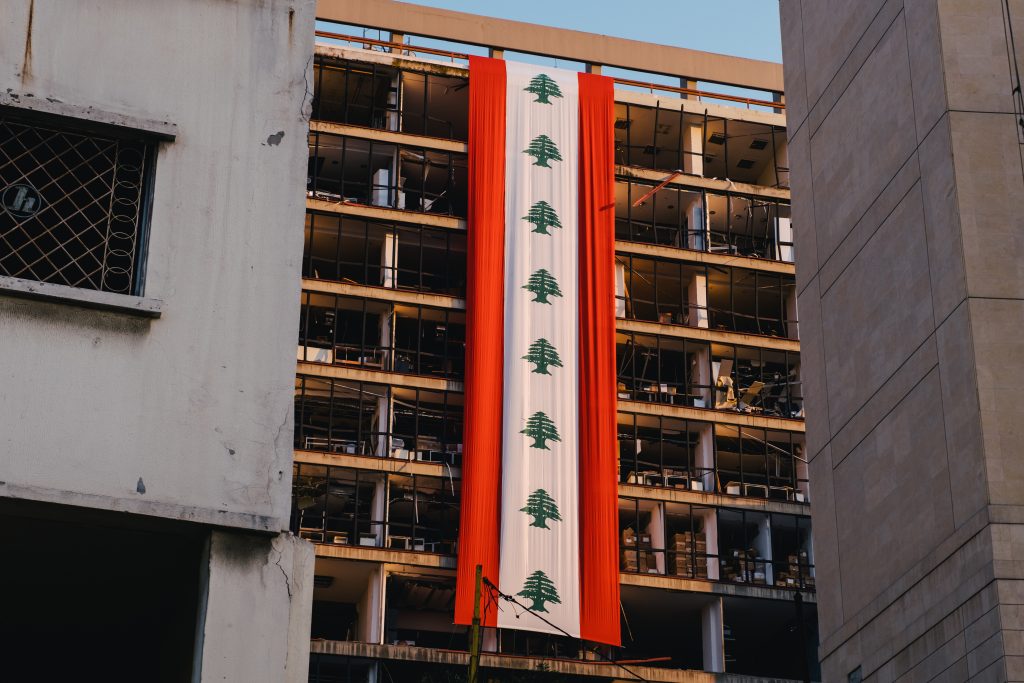Montreal photographer captures life in Beirut after August explosion
Posted September 7, 2020 7:05 pm.
MONTREAL (CityNews) – A Montreal photographer travelled to Beirut days after an explosion devastated the city last month, hoping to capture the aftermath in a country he says is near to his heart.
The 27-year-old photographer that goes by the name of Drowster travelled around the Middle East in 2016 for over a year. Exactly 11 days after the blast that killed 200 people and injured thousands more, he returned hoping to document the before and after and raise money to support the victims.
“My mission is to fight Islamophobia and therefore show to the Western people that muslims are not how you think, and this was one of the ways I could do it,” explained Drowster.
“So seeing the footage of the explosion and days after and the revolution kind of continuing I told myself I have to go it’s my mission so I bought a plane ticket and came back.”
Drowster says he’s noticed how the country is grieving.
“The first series I completed was how music stopped in Beirut after the explosion. Beirut has always been known as a party city. The clubs are insane the underground parties are insane and since the explosion there’s nothing,” he said.
“And it was the last thing that bonded Lebanese together. It’s the one thing that politics aside, religion aside, just bombing at night — it’s what bonded the youth. And the one last thing that survived civil wars and revolutions and financial crisis is now gone.”



Lebanese families are still struggling with rebuilding, many were already unable to make ends meet because of the country’s economic crisis.
“I realized how Middle Easterners, they don’t have the voice,” he said.
“I said it’s my duty now to share their stories and to change the perception that Westerners have of the region and of the people.”
Drowster said it’s the hardest thing he’s ever had to photograph, and hopes that when he comes home he can share his images in a book.
“Seeing people from the middle class so well dressed — nice jeans, nice shirts, nice shows — digging in the trash trying to find food. I realized that those people from one day to the other their lives switched.”



